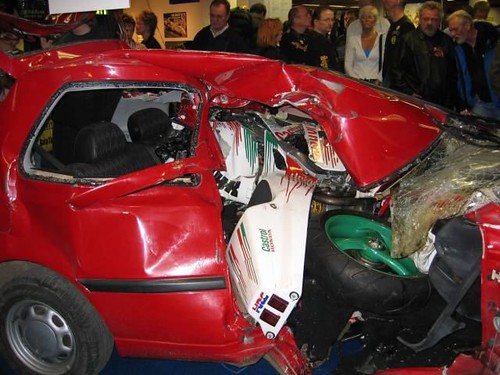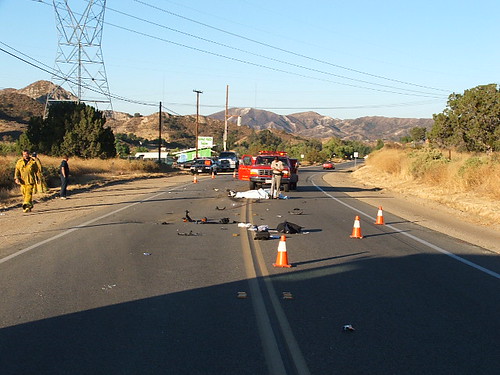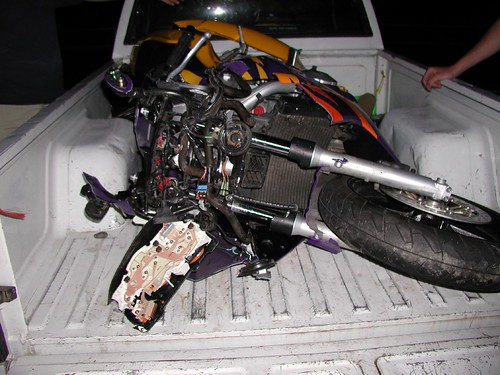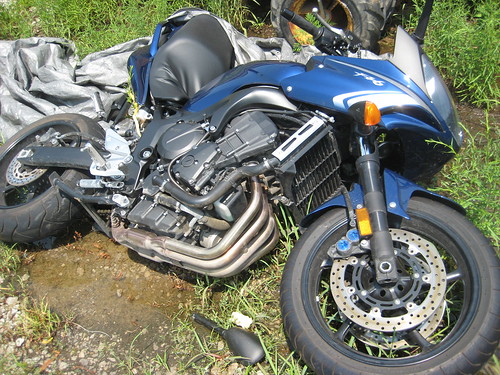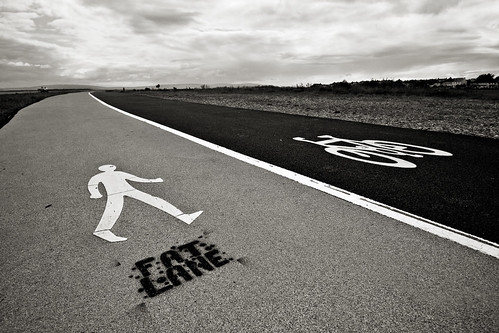Enter the Novitiate

Our culture discounts the novitiate for any activity. Maybe it’s machismo, maybe its decades of jumping straight to expert mode in our video games, where resets and continues keep us alive. By skipping straight into advanced play, we rob ourselves of personal development and learn bad habits that will later hinder our growth into expert practitioners.
One prescribed path for novice motorcycle riders has just three steps:
- Buy gear first, and wear it whenever you’re on the bike.
- Take the MSF class.
- Start small, start used. You’re going to drop it, and it’s just your first, not your last.
Uttering these three guidelines is the motorcycling equivalent of calling Beetlejuice three times. A frat bro will arrive on scene to let everyone know that he started on a brand new supersport liter bike, and feeling the wind at 95MPH is too incredible to pass up for the sake of safely wearing a helmet.
Anybody can get lucky. People make safety conscious recommendations because of statistics.
It’s true that a new rider, wet behind the ears, can put the shiny side down just as easily on a used EX-250 as they can on a new R6, but accidentally jamming the throttle open on one or the other will produce two entirely different accidents. And even if it isn’t the rider’s fault at all, there’s still something terribly depressing about laying a beautiful FZ6 to rest only 3000 miles into its life. (Gear literally saved my ass, and shoulder, and feet, and arms, even on a hot day when the wind would have felt sublime.)
What if there’s just pride on the line?
I ran cross country in high school, and I had a passing familiarity with the weight room between the team’s Tuesday and Thursday weight workouts and gym class. When I got tired of buying bigger jeans in my adult life, I decided that strength training would be one part of my waistline recovery process. I needed a solid program, so I turned to Amazon. The fact that I last seriously trained for anything over 15 years prior didn’t enter into my calculations. I skipped right over the novice materials and bought into Eric Cressey’s Maximum Strength and Rippetoe’s Practical Programming. It made sense because I’m a smart guy and I’ve worked out before.
Except that in this case I was an idiot with zero real life weight training aptitude. Deadlifts frightened me, I wore my running shoes while weight lifting, and I didn’t even face the right direction in the squat rack. Ever see someone doing something so wrong that you didn’t even have the heart to tell ‘em how wrong they were? That was me.
After a round of burn out and a year long hiatus, I actually started at the beginning and had a lot of fun while not hurting myself with Starting Strength
Is it OK to reset?
It’s OK to live the novice life more than once. I mentioned cross country running above. I loved distance days. Our coach maxed us out at about six miles, and I could run those six miles every day and not once grow tired of it. We were free to choose any number of routes through Roeland Park and Prairie Village, and it was beautiful in the fall. On speed training days our warm up runs would typically be about 2 miles.
I didn’t keep up the habit after high school. How do you think I would start a running program as an adult after last seriously running in high school and realizing that my calorie burn rate wasn’t keeping up with my burrito consumption rate?
- at age 21?
- at age 23?
- at age 26?
- at age 28?
- at age 30?
If you said “start running just like it was 1998 again, and then take a day off after three agonizing days, and then pretend like running never happened two weeks later” then you’re absolutely correct. If I were so smart I would embrace the fact that I had regressed back to a running novice. Maybe I’d still be running today. There’s a reason why Couch-to-5K is a real and popular thing.
Does anyone do this novice stuff right?
Monks respect the novitiate. The novitiate is such a big deal that proto-brothers can’t even ask for admission as a novice until they spend weeks, months, or even years contemplating monastic life as a postulant. That’s right, there’s a level below novice among many religious orders. The Benedictines don’t even make things official at the end of the novitiate: a monk in training will then take temporary vows for three years before finally professing life long vows. The Jesuits don’t even give a firm timeline for taking final vows, but it looks like final vows might happen a decade or more after entering into the novitiate and growing through several additional stages of study that includes a month long experiment with homelessness.
Ora et labora, erryday.
— Benedict of Nursia
South Korean archers also respect the novitiate. That’s why they dominate the sport
First they spend months learning the proper stance. Then it’s months learning to raise one arm, then both arms for a couple of months… Those kids have six months intensive training before they shoot their first arrow.
Olympics-Archery-Get me a Korean … any Korean!
Meanwhile, some other countries were so racist and eager to jumpstart their own archery programs that they hired South Korean coaches with zero experience in archery. As if their love of kimchi was the secret to bow handling success.
Novice gains from novice pains
Part of a successful novitiate in any endeavor is the pain of slowing down enough to ensure that a strong foundation of successful habits form so that more advanced skills and techniques can grow in the future.

